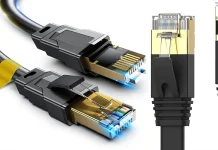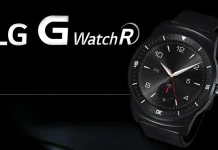Many retailers, manufacturers, and specialized service providers offer the option to extend your TV warranty through a protection plan that lasts between two and five years. These extended warranties are often offered by the manufacturers themselves for their electronics and appliances. The goal is to protect your investment from breakdowns and malfunctions even after the standard factory warranty expires.
How Long the Plan Actually Lasts
In practice, the real coverage period is often shorter than advertised. During the first year, repairs are still handled under the manufacturer’s warranty, while the company that sold the protection plan typically just coordinates the process by dispatching a technician. Full responsibility for repairs usually begins only after the factory warranty ends. Still, these plans can be worthwhile—especially when you’re purchasing an expensive TV.
What’s Usually Covered
The protection plan spells out exactly what types of issues will be repaired at the company’s expense. Commonly, this includes mechanical wear and tear, like unresponsive remote control buttons or a non-working remote. However, damage caused by careless handling, such as a crushed or dropped remote, is generally not covered. Some remotes come with a separate short-term warranty, usually lasting about three months, though the protection plan may offer additional terms.
Internal malfunctions—like failures of the motherboard or power supply—are also typically covered. In some cases, electrical issues with the TV screen (such as a defective display matrix) fall under the plan, though physical damage to the screen does not. Many contracts specify a minimum number of dead pixels required before the warranty kicks in. In rare cases, normal wear-related damage to ports like HDMI or USB might be included too.
What’s Not Included
The plan usually excludes damage caused by insects entering the TV, misuse (such as using the TV in a hotel rather than in a home), and any kind of physical damage to the screen or body of the device.
How Protection Plans Actually Work
These plans function a lot like insurance. Many customers pay for coverage, but only a small percentage will ever need to use it. For example, if a company sells 100 protection plans at $55 each, that brings in $5,500—typically enough to repair or replace 5 to 7 TVs. Statistically, most electronic devices fail within the first year of use, but the rate of post-warranty TV failures is relatively low. Manufacturers rarely publish these figures, as they can hurt their brand image.
Important Things to Know Before Buying
Protection plans usually apply only to TVs bought from a specific retailer. There are separate policies for new versus refurbished TVs, and incorrect enrollment or missing the registration deadline can result in denial of coverage—or the cancellation of the warranty altogether. Some plans don’t activate immediately; you may need to wait up to 30 days after purchase. After buying the plan, you must register your TV to activate the protection.
Most importantly, take the time to read the full terms and conditions carefully to avoid surprises. Claims can be denied due to technicalities, and knowing what’s covered—and what isn’t—can save you a lot of frustration later.






